If you’re standing under a cold shower, you know how frustrating a dead water heater can be. The good news is most problems have easy fixes you can try before you pick up the phone. Below are the most common reasons a water heater won’t heat and the simple steps to get things back on track.
Electric heaters need a 240‑volt circuit. Open the breaker box and look for a tripped switch. If the breaker has popped, flip it back on and see if the tank lights up. For gas models, make sure the pilot light is lit. If the pilot is out, follow the manufacturer’s instructions to relight it – usually a knob to turn, a button to hold, and a few seconds of gas flow. When the flame is steady, the heater should start warming water again.
Sometimes the thermostat is set too low or has simply failed. Most heaters work best at 120°F (49°C). If you can, adjust the dial higher and give the unit an hour to heat. If the water stays cold, the thermostat may need replacement – a job most DIYers can handle with a few tools, but you can also call a technician.
Another quick check is the reset button. Electric heaters have a red button on the top or side. Press it gently; if the heater was in an over‑heat condition, the reset may restore normal function. If the button trips again right away, that signals a deeper issue like a burned‑out heating element.
Electric water heaters use two metal rods called heating elements. Over time, they can get coated with mineral build‑up, especially in hard‑water areas. Turn off power at the breaker, drain a few gallons, and unscrew the element with a wrench. Look for obvious corrosion or a broken coil. A multimeter can tell you if the element is still conductive – if not, replace it. New elements are relatively cheap and fit most standard tanks.
For gas heaters, the main culprits are a dirty burner or a malfunctioning gas valve. A professional can clean the burner and test the valve safely.
Sediment settles at the bottom of the tank and can cause the heater to overheat or make strange noises. To flush, shut off the water supply, attach a garden hose to the drain valve, and let the water run until it’s clear. This simple maintenance step can restore efficiency and prevent future breakdowns.
While you’re flushing, check the anode rod. It’s a sacrificial metal stick that stops rust inside the tank. If it’s heavily corroded, replace it – another cheap fix that adds years to your heater’s life.
If you’ve tried the power reset, checked the thermostat, and the water is still cold, it’s time to bring in an expert. Leaking tanks, strange smells, or repeated reset trips often mean a serious fault that needs proper tools and experience. A qualified technician can spot issues like cracked pressure valves, failing gas controls, or internal corrosion that aren’t safe to tackle yourself.
Also, if you’re dealing with a gas‑powered heater and the pilot won’t stay lit after multiple attempts, stop and call a pro. Gas leaks are dangerous and should never be ignored.
Keeping a water heater in good shape is mostly about routine checks: test the power or gas, flush the tank annually, and replace the anode rod every few years. With these habits, cold showers will become a rare inconvenience rather than a daily nightmare.
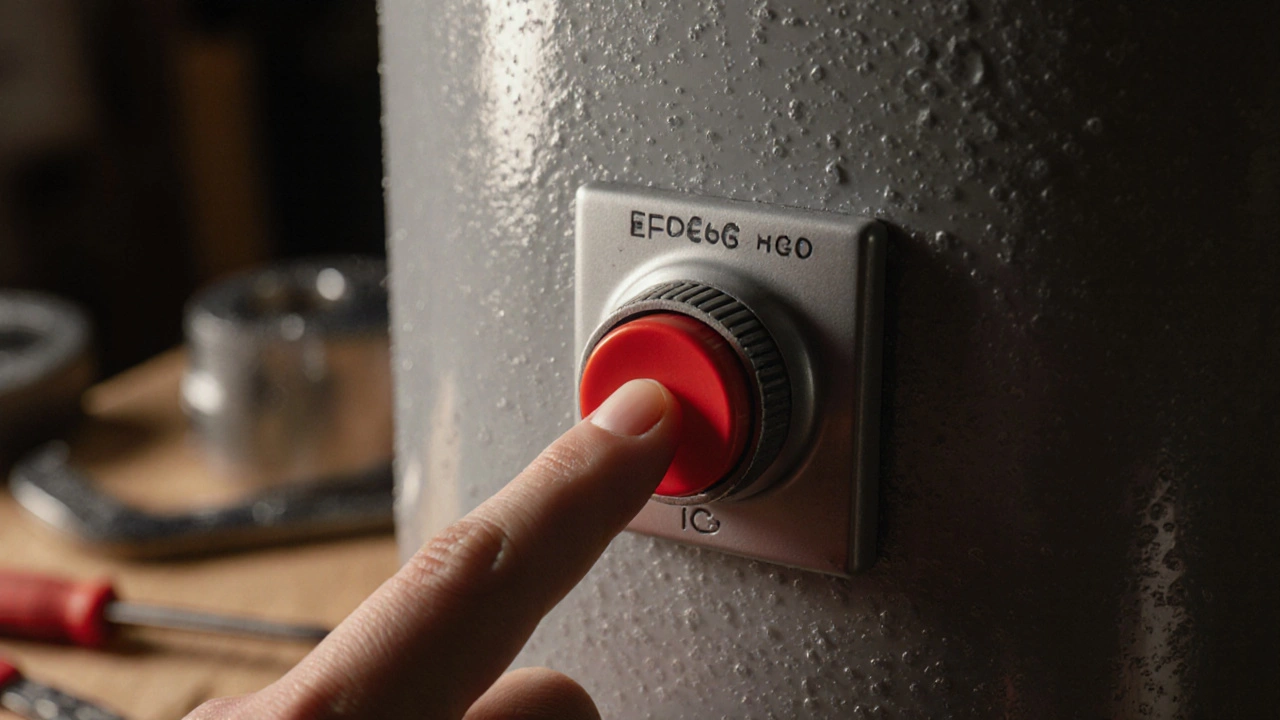
Learn how to properly reset your water heater's safety button - and why holding it down won't help. Find out what really causes it to trip and when to call a professional.
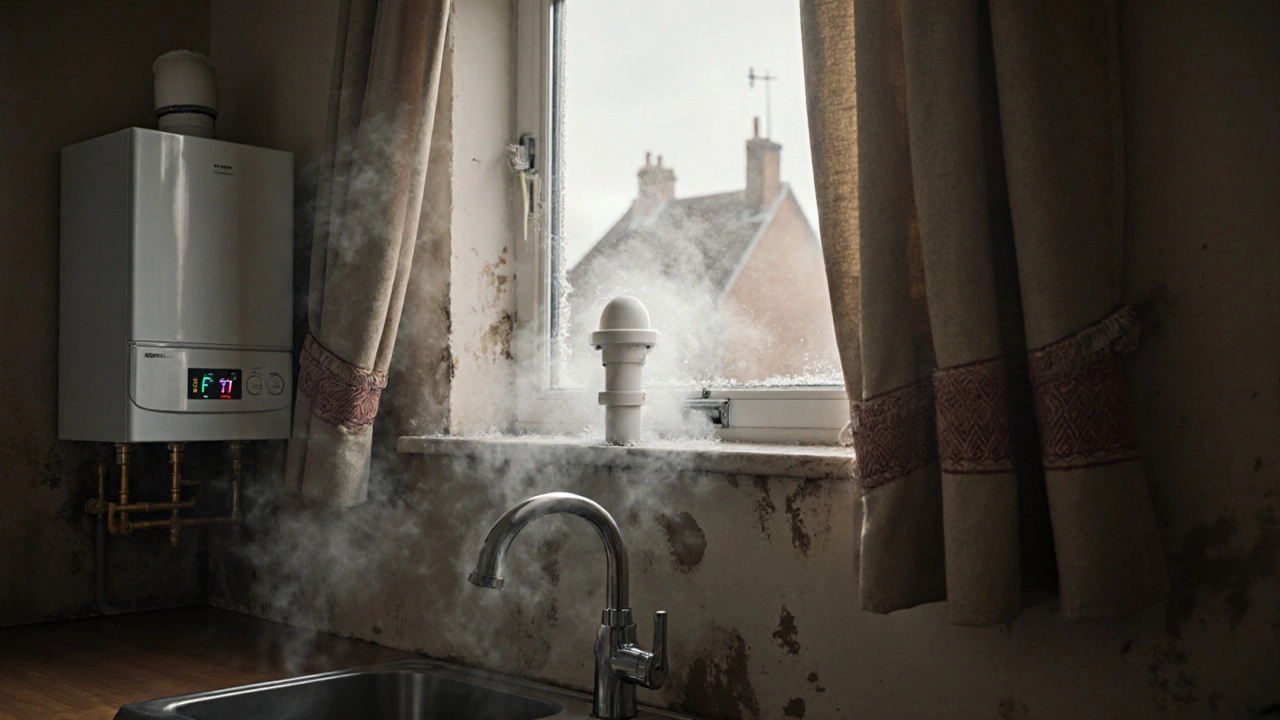
Your hot water stopped suddenly? This guide breaks down the top 7 causes - from low pressure to frozen pipes - and shows you how to fix them yourself before calling a plumber.
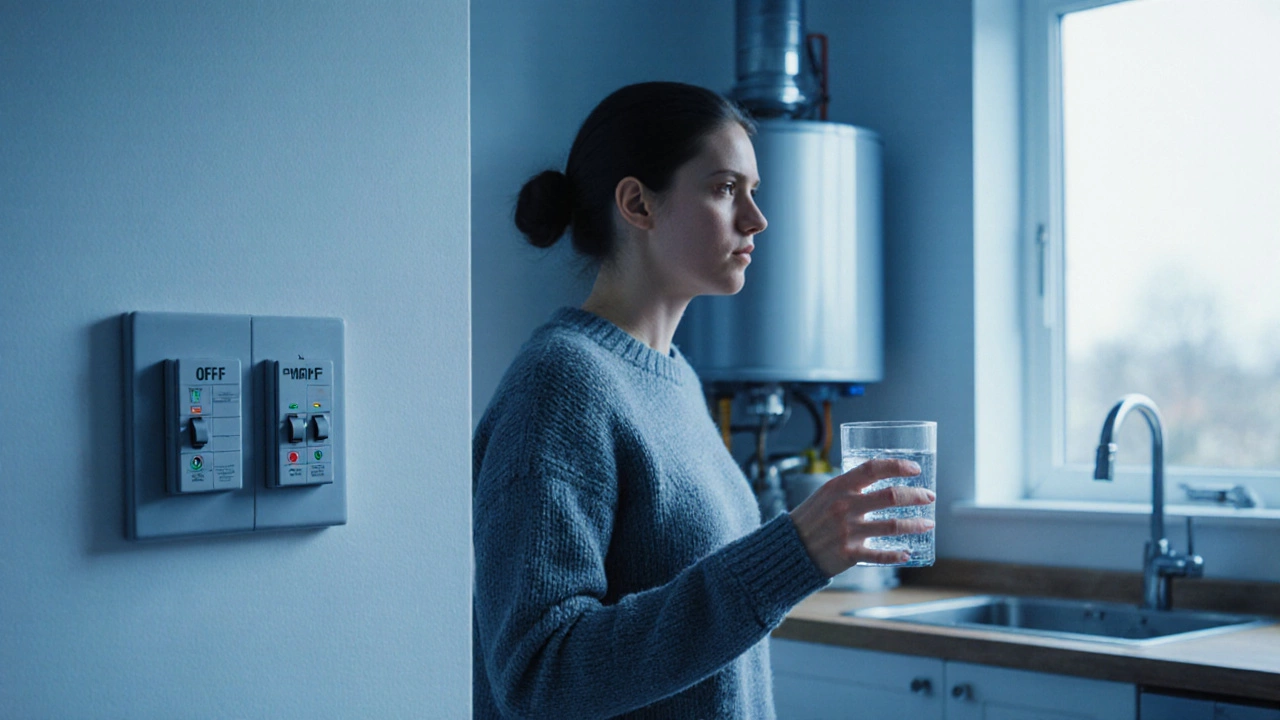
Learn fast DIY steps to diagnose and fix a non‑working water heater, plus safety tips, maintenance advice, and when to call a professional.

Is your hot water heater suddenly not working? Here’s what can go wrong, how to spot the problem fast, and pro tips to get hot water back right away.
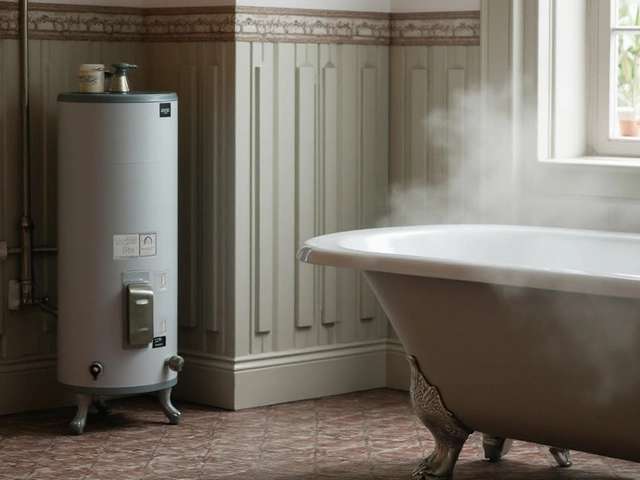
This article delves into the debate between Rheem and AO Smith water heaters, two titans in the world of home appliances. It provides a comprehensive comparison, exploring key aspects like energy efficiency, durability, and cost-effectiveness. It also highlights some interesting facts and practical tips to help you choose the right water heater for your needs. Whether you're looking to upgrade your system or repair your current unit, this guide aims to provide valuable insights.
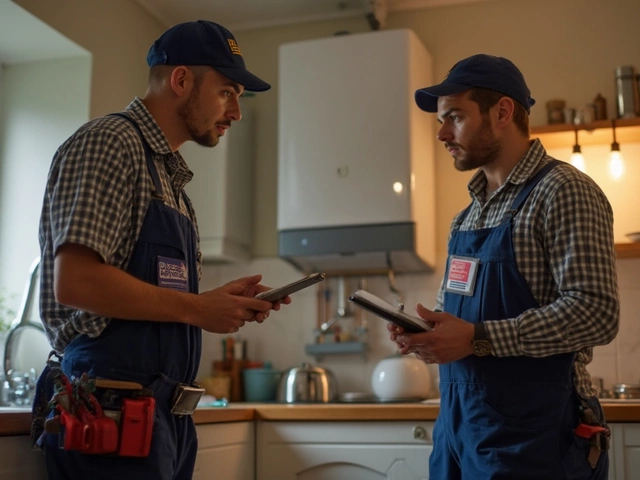
Wondering whether plumbers can fix your boiler? This article breaks down exactly what plumbers do, where their work overlaps with heating engineers, and when you need a specialist. You’ll get practical advice for dealing with boiler issues, tips for finding the right tradesperson, and a look at why gas safety credentials matter so much. There’s even a checklist for what to ask before hiring someone for your boiler job. Skip the confusion and figure out who to call, fast.

Why would a freezer suddenly stop working? This article uncovers the most common reasons, from electrical hiccups to sneaky broken parts. Get clear tips to troubleshoot on your own before calling in the pros. You'll also find surprising facts—like a forgotten coin trick to check freezing power. Whether it's food loss or a mystery beep, you'll get straight answers and a path to a cold fix.

Repairing an aging laptop can be a tricky decision. This article explores whether it's still worth investing in a 7-year-old device. We'll consider factors like performance, cost, potential upgrades, and environmental impact. Dive in to learn about the practical and sentimental value of maintaining your trusty laptop.

Resetting a freezer compressor may sound daunting, but it's an essential skill for maintaining your appliance's efficiency. Compressors can occasionally need a reset to function properly, potentially saving you from costly repairs or replacements. This article walks you through the steps to safely reset your freezer compressor and offers tips to prevent future issues. Understanding when and why to reset your compressor can keep your freezer running smoothly and extend its lifespan.